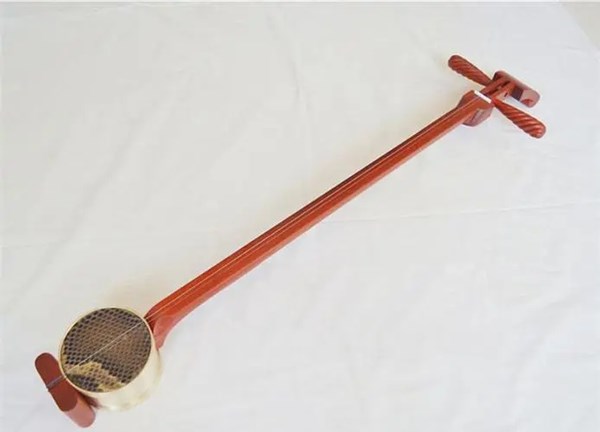Guo Xiuming, the inheritor of handmade piano
City Facebook, stories around you. Tasting the characters of the city and listening to the story of Guo Xiuming, the inheritor of handmade qin. Guo Xiuming is the inheritor of the intangible cultural heritage of Rizhao City - Guo's hand-made qin craftsmanship.

In a bungalow in the third village of Anjia Village, Liangcheng Street, Shanhaitian Tourist Resort, there was a crisp and bright sound of Jinghu, and it was Guo Xiuming who played the qin.
In the yard of dozens of square meters, there are wooden blocks, planers, saws, chisels and other objects. This is Guo Xiuming's usual workshop for making musical instruments. Like many traditional handicraftsmen, Guo Xiuming has "children's kung fu". In his father's words and deeds, Guo Xiuming started making musical instruments independently from junior high school. Now in his sixtieth year, he is still like a teenager, making musical instruments that he loves.
"Now we are making a pendant, the main spinning instrument used in our Shandong Lu opera. In the process of making pendant pianos, there are dozens of processes, first selecting materials, selecting materials, then cutting materials, and then adding materials after cutting. "
Exquisite handmade piano craftsmanship, splicing contours, grinding, polishing, installation, etc. These seemingly simple steps determine the quality of the piano.
"The sound quality of a piano mainly depends on the python skin. If a good python skin is used, its sound quality will change. The python skin has a growth period of about ten years, and its fiber strength is very strong. The technique is also crucial, and the whole fiber force needs to be released with force, so that the sound quality of this piano can be good.”
Although the technology of mechanical piano making is more and more developed now, in Guo Xiuming's view, hand-made can never be replaced. As a qualified piano maker, you must understand not only wood art, but also rhythm and playing. Only with "the same mind" can we make a "hand-in-hand" musical instrument.
"When you play this kind of piano, first, it has penetrating power, the sound is solid and bright, there is a residual tone, and the headstock has been improved. What about the stem? It is also improved, and it is much thinner than the previous one."No matter which link, Guo Xiuming strives for perfection and strives to make every musical instrument a work of art.
"Every piano is a serious exploration. How can I make this piano well? It can be done perfectly, with good sound quality, good feel, and aesthetics."
Guo Xiuming has always adhered to the spirit of craftsmanship, and his hand-made and improved musical instruments such as pendant, erhu, Jinghu and Jingerhu have been sold all over the country.
"People who really buy my piano are people who really like this craft. They have known this craft for many years, and they come to me very much like this craft and this sound quality. Generally speaking, they are made to order."
Fifty years of doing the same thing, the same craft, day after day, without knowing the situation changes, Guo Xiuming has always insisted, he hopes that someone can learn the craft of refining the qin, continue to improve and innovate, and pass it on.
"It can be said that there is basically no hand-made piano now. The piano-making experience and knowledge accumulated by my father before are passed on to me, and I am exploring in the process of piano-making. If I really lose professional knowledge, It's kind of a pity."
 渝公网安备 50010702504639号
渝公网安备 50010702504639号